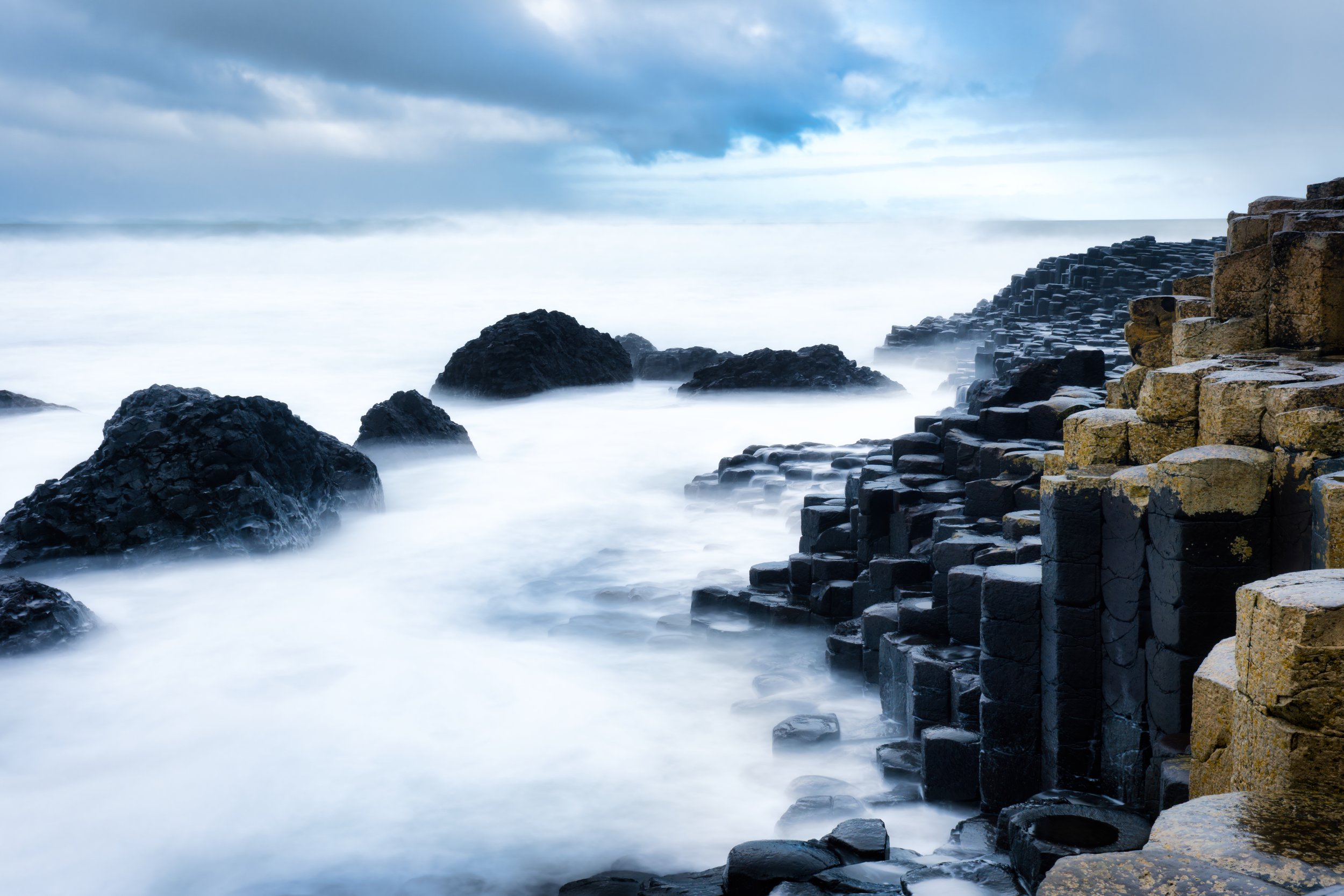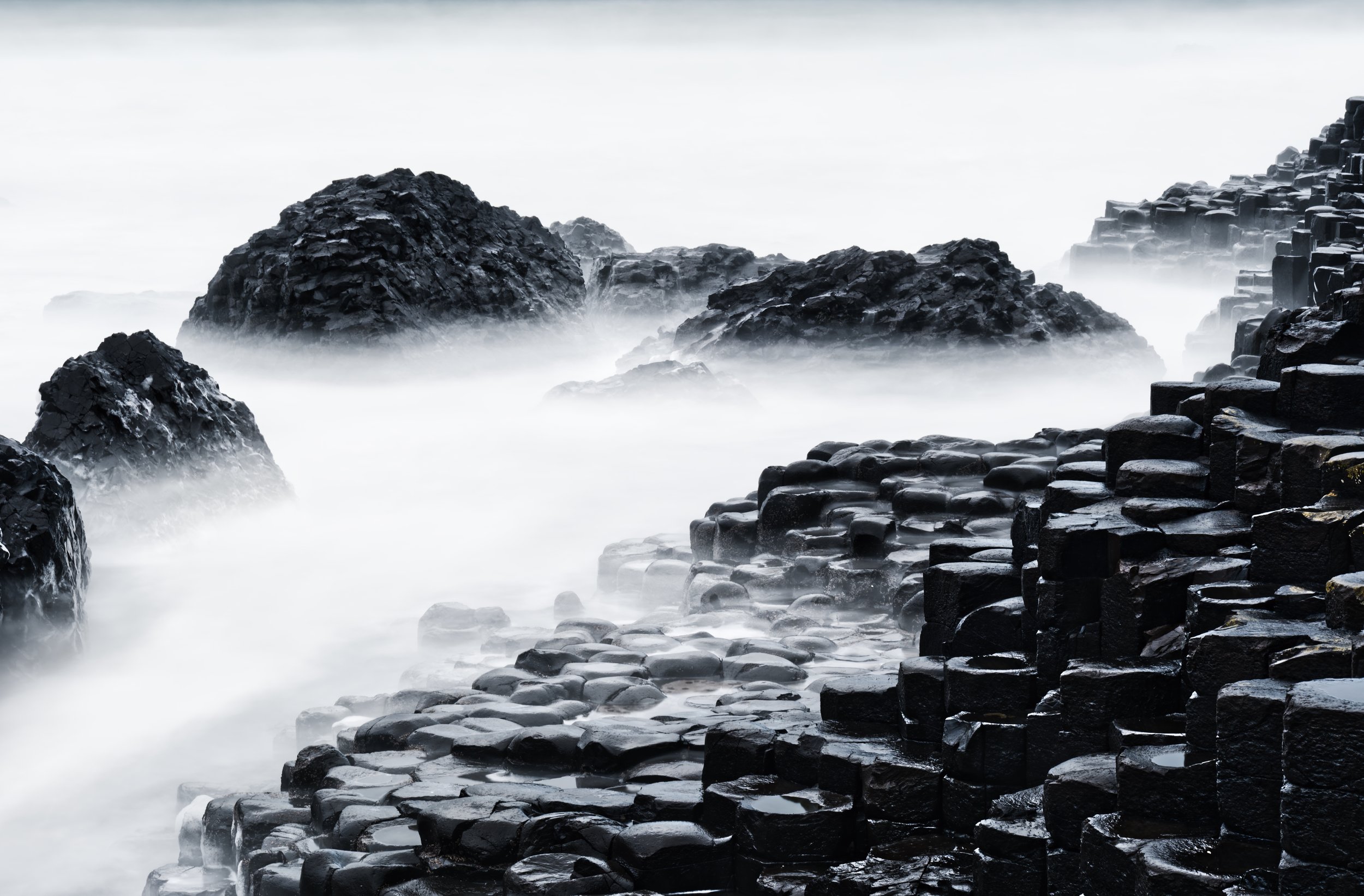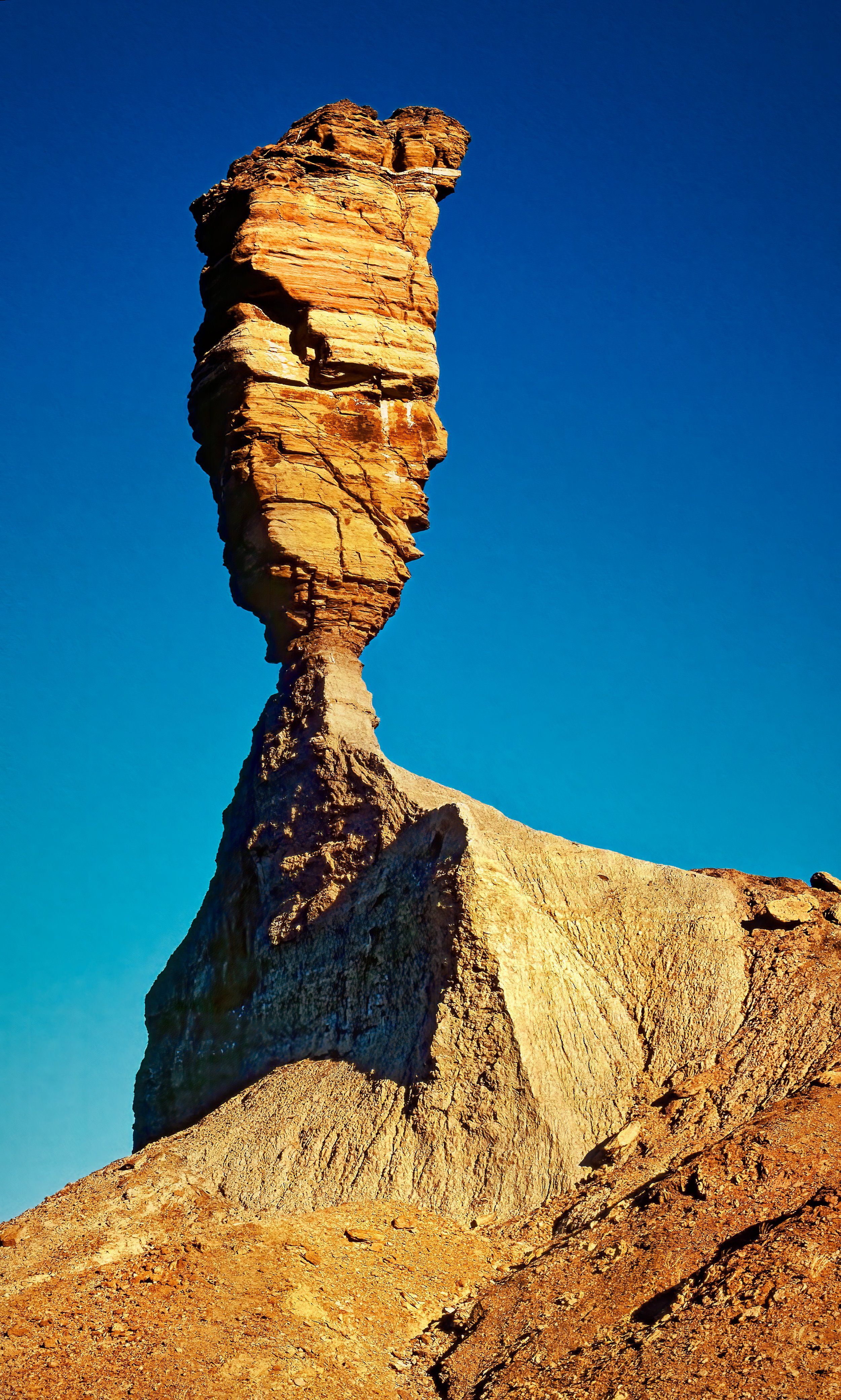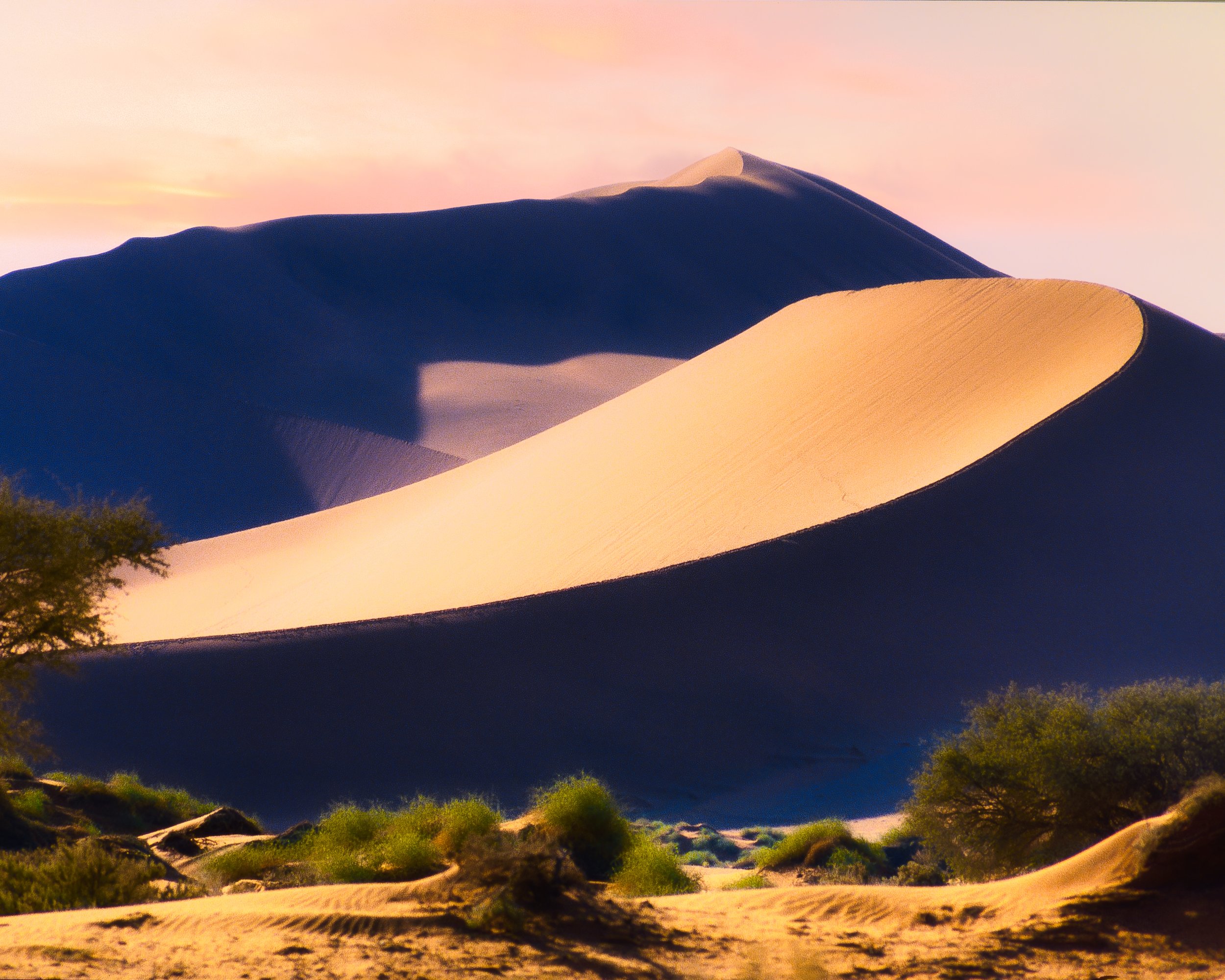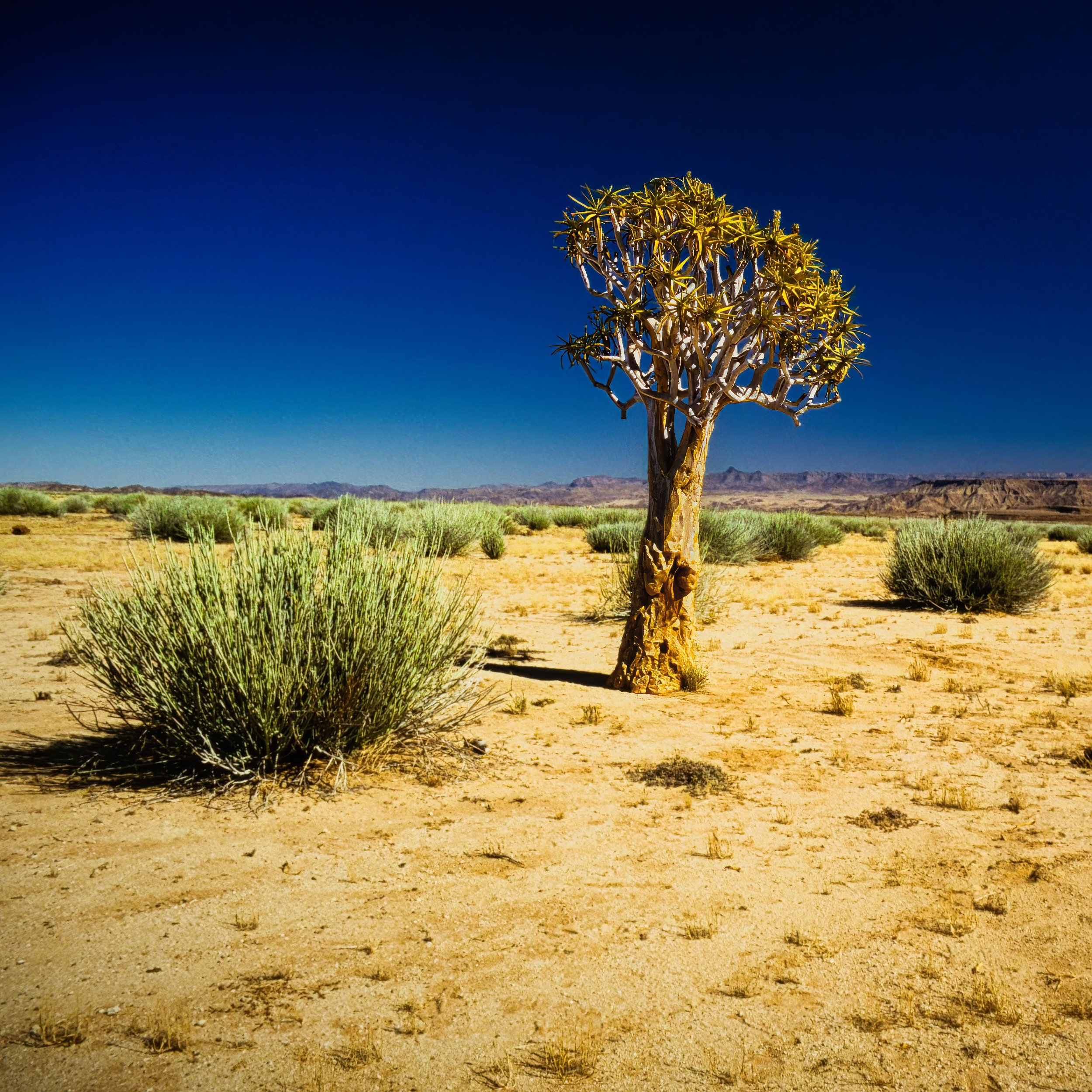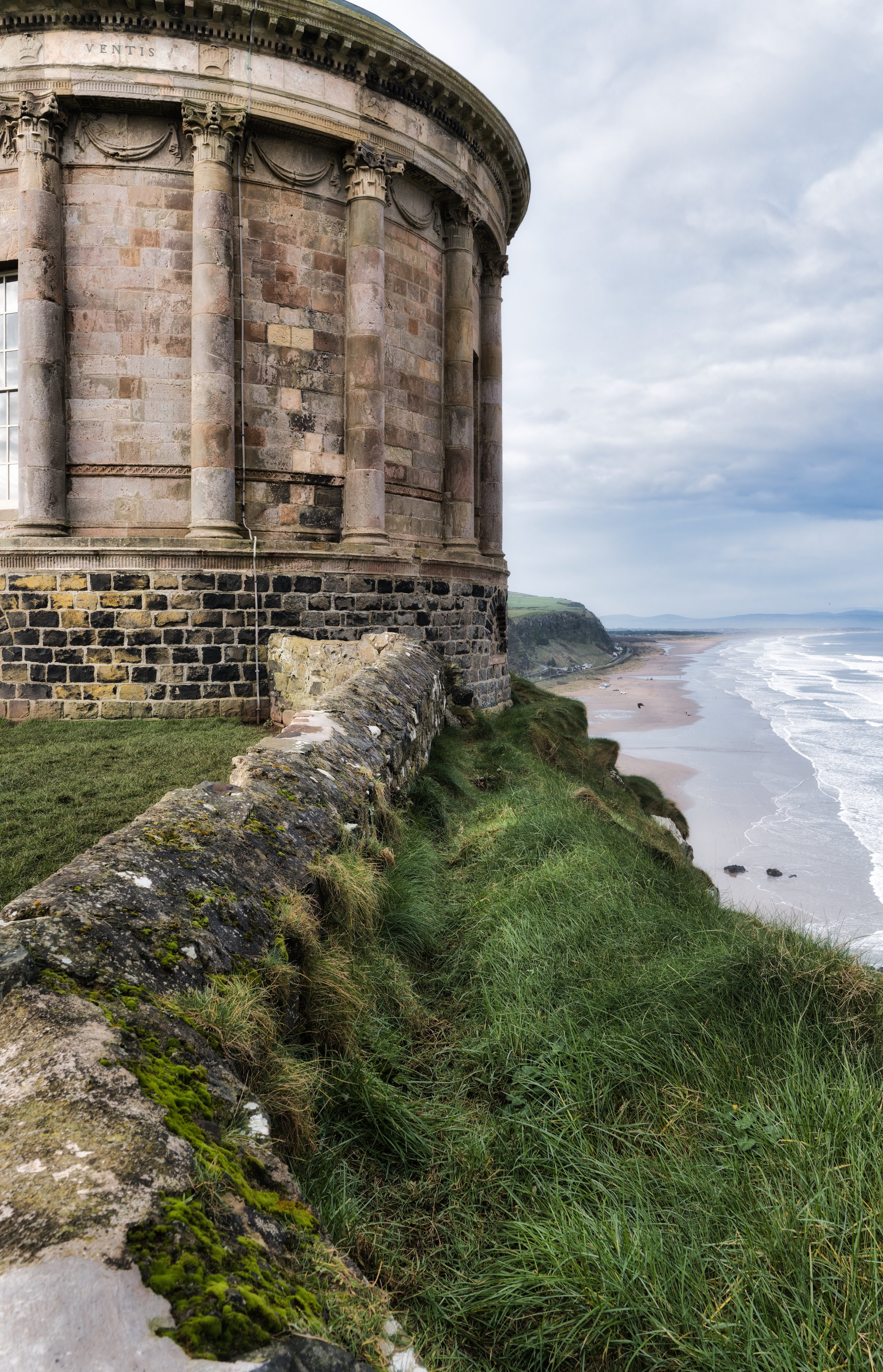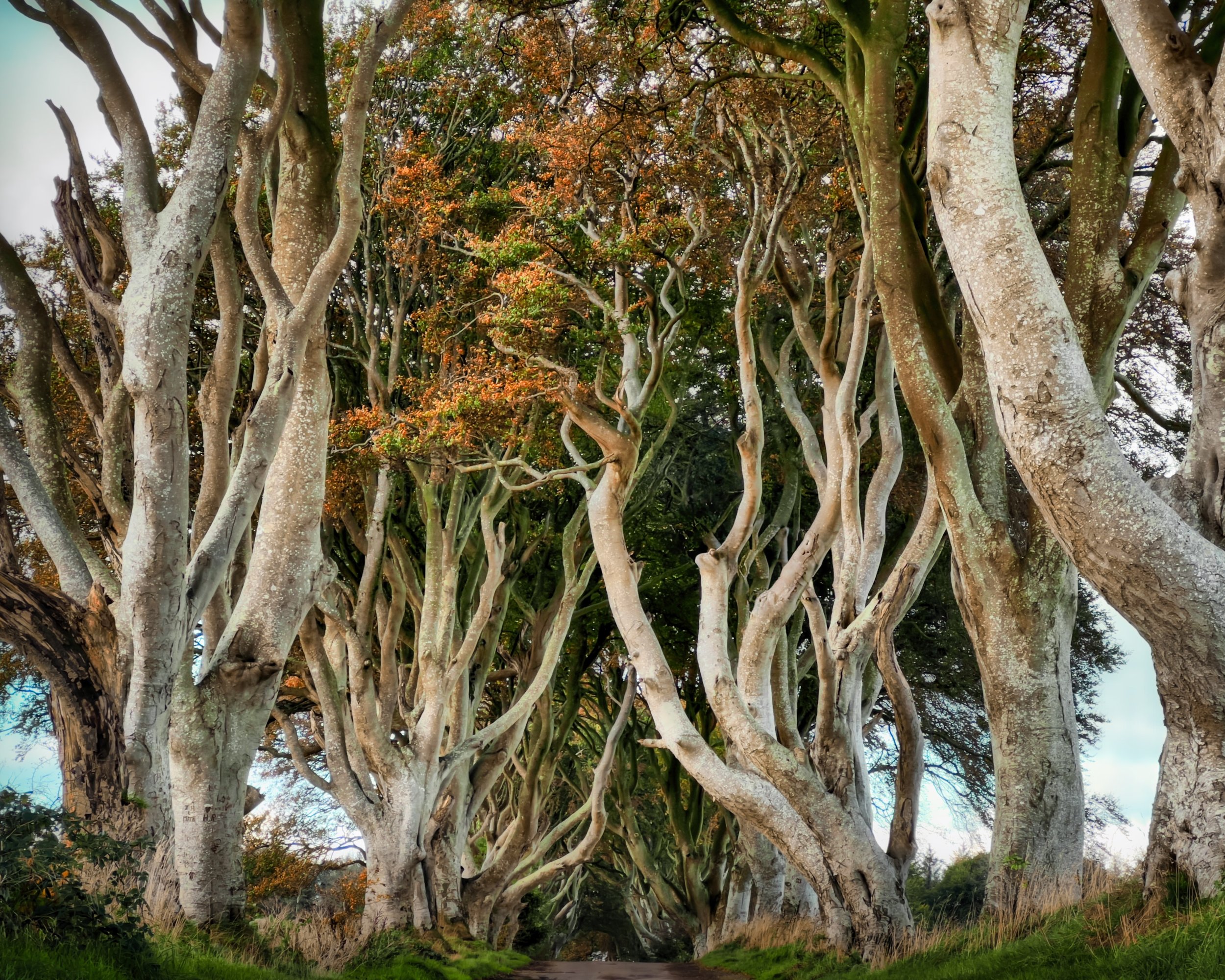landscape
“Everybody feels the wind blow.”
Paul Simon - Graceland
The Whiterocks on Portrush's Causeway Coast are spectacular. Shot on a Fuji X-T5 with a long expose to add character to the ocean.
Whiterocks Beach, Portrush, County Antrim. A 16mm wide angle shot catches the simplicity and natural beauty of the scene.
A wide angle low level shot of the Whiterocks beach. Fuji X-T5 at 16mm.
The Skerries are a small group of rocky islands (skerries) just off Portrush, County Antrim, on the north coast of Northern Ireland. Winkle Isle is the local name for the large Skerry island, the small Skerry being known as Castle Isle. The islands are part of an Area of Special Scientific Interest. Shot from the Whiterocks beach on a Fuji X-T5 at 16mm with a 20 second exposure.
Sossusvlei in the Namib-Naukluft, Namibia. One of the most stunning sights in the world. Shot on FujiChrome.
The Giant’s Causeway is an area of about 40,000 interlocking basalt columns, the result of an ancient volcanic fissure eruption. It is located in County Antrim on the north coast of Northern Ireland. It was declared a World Heritage Site by UNESCO in 1986 and a national nature reserve by the Department of the Environment for Northern Ireland in 1987.
Long exposure photograph of the Giant's Causeway, showing unique hexagonal basalt columns and large rounded rocks in the sea with misty water in the foreground.
Cold water bathing December 2021 at Castleshane Forest & Waterfall Monaghan. Fuji X-T4, Fujinon 8-16mm f2.8 lens at f4, ISO 400, 1/40s, edited in Capture One and polished in DXO PhotoLab.
I could see Dunluce Castle from my home town as a young boy. Back then I had no idea it was considered one of the most picturesque and romantic of Irish Castles. With evidence of settlement from the first millennium, the present castle ruins date mainly from the 16th and 17th centuries. Today it is recognisable from the hit TV show Game of Thrones where it was used as Castle Greyjoy. This shot was taken from my lifelong friend’s fishing boat and is a less common composition taken from the Atlantic Ocean side.
Perspective in photography, as in life, is everything.
A family playing on Girvan beach in the harsh mid afternoon winter sunlight. Shot with my 150-600mm ‘big boy’ with an Adamski edit.
The Mukurob, (Finger of God) near Asab in Namibia, was a sandstone rock formation in the Namib desert which collapsed on 7 December 1988. I photographed this magnificent structure in 1986 on FujiChrome 50 and even climbed to the base of the 'neck'. Mukurob collapsed under its own weight after millions of years of erosion – a shudder from the Earth and a final rainstorm – it weighed some 450 tons! See blog article.
Milarrochy Bay, Loch Lomond, Scotland, December 2022. Fuji X-T5 with XF 16-55mm F2.8 R LM WR lens – 19mm focal length – f/3.2 – ISO 125 - 1/250s. Edited in DXO Pure RAW 3, DXO Photo Lab 6 and Capture One.
Milarrochy Bay, Loch Lomond, Scotland, December 2023.
Milarrochy Bay, Loch Lomond. Nature at her most sublime.
Portree Harbour, Isle of Skye. Recognisable by its colourfully painted buildings, this picturesque quayside was built by Thomas Telford in the 1820s. Shot on Fuji XT100V | ISO 320 | f5.6 | 1/250s | 23mm and edited in DXO PhotoLab and finished with NIK Colour Efex.
The mighty Cuillin mountain range on the Isle of Skye viewed from Elgol on a moody June evening. Shot on a Fuji X-T5 with a Fujinon XF 16-55 f2.8 lens at 16mm, ISO 125, f22, 1/8s and edited with NIK Silver Efex using a Fomapan 100 Classic style. Fomapan is a panchromatically sensitized, black and white negative film characterised by high resolution, wide exposure latitude and fine grain.
'Beached' fishing boat on the Isle of Skye. Fuji XT100V | ISO 500 | f8 | 1/250s | 23mm. Edited with DXO PhotoLab and finished in NIK Silver Efex for a punchy high contrast finish. Skye is a photographer's dream and my father told me when I was learning my craft at his knee that the chemist shop as you came off the ferry (pre the bridge) had the largest Kodak account in the UK!
Walking out of the Namib desert at 27. The oldest desert on earth with the tallest dunes at over 300m. The eagle eyed amongst you will have spotted the appropriate footwear - desert boots in the desert! Digitised 35mm Fujichrome 50 slide on an X-T5 using Fujinon's 80mm f2.8 macro lens | f8 | ISO 125
The Namibian Desert in all her magnificent glory. Dunes rise abruptly from the arid desert floor. Shot in 1986 on a Nikon FE2 using FujiChrome 50 slide film. Digitised on a X-T5 and edited in Topaz Photo AI and colour graded with DXO PhotoLab in post.
The magnificence of the Kalahari Gemsbok never gets old! The evening light and pastel tones are unique and a photographer's dream.
The magnificent baobab tree (Adansonia digitata) is an icon of the African continent. With bark and fruit offering over 300 life-sustaining uses, it is the root of many Indigenous remedies, traditions, and folklore. Hence its literal nickname, ‘The Tree of Life.’ This shot was taken in the northern Namib desert on Fujichrome 100 with a Nikon FE2.
The Quiver Tree Forrest (Kokerboomwoud in Afrikaans), Keetmanshoop, Namibia. Shot on FujiChrome 100 film with a CPL to control the dynamic contrast in the sky. The Forrest is located 14 km north-east of Keetmanshoop on the road to Koës. It comprises c. 250 specimens of Aloidendron dichotomum, a species that is also locally known as the quiver tree (Afrikaans: kokerboom) because the San people traditionally used its branches to make quivers. The forest has grown spontaneously; the tallest quiver trees are two to three centuries old. The forest was declared a national monument of Namibia in 1995. The quiver tree is also known for looking upside down because the “leaves” look somewhat similar to roots. This tree is associated with a long history of folklore, for instance that it will bring good luck to anybody that worships a tree and nurtures it. Since diamonds have been found in Namibia, people say that if one of these trees is dug up, one will find diamonds where it has grown, but since these trees are blessed nobody wants to dig them up.
Mussenden Temple perched on the cliffs overlooking Downhill Strand, it was once possible to drive a carriage around the temple: however, coastal erosion has brought the edge closer to the building. The temple was built in 1785 and forms part of the Downhill Demesne. The demesne was formerly part of the estate of Frederick, 4th Earl of Bristol, who served as the Church of Ireland Lord Bishop of Derry from 1768 until 1803. It was Lord Bristol – popularly known as “the Earl-Bishop” – who had the “temple” built. Constructed as a library and modelled from the Temple of Vesta in the Forum Romanum in Rome, it is dedicated to the memory of Bishop Lord Bristol’s niece Frideswide Mussenden. Its walls were once lined with bookcases. A fire was kept burning constantly in the basement. This and its enclosed flue meant that, even in this very exposed location, the books never got damp.
Mussenden Temple. The inscription around the building reads: "Suave, mari magno turbantibus aequora ventis e terra magnum alterius spectare laborem." "Tis pleasant, safely to behold from shore. The troubled sailor, and hear the tempests roar."
This beautiful avenue of beech trees was planted by the Stuart family in the eighteenth century. It was intended as a compelling landscape feature to impress visitors as they approached the entrance to their Georgian mansion, Gracehill House. Two centuries later, the trees remain a magnificent sight and have become one of the most photographed natural phenomena in Northern Ireland. ––– The iconic beech trees have been used as a filming location in HBO's epic series Game of Thrones, representing the King's Road. Featured Scene: Season 2, Episode 1: The North Remembers - On the King's Road, Arya Stark has escaped from King’s Landing, disguised as a boy. She is with Yoren, Gendry, Hot Pie and others who are to join the Night’s Watch, in a cart, travelling north on the King's Road.






